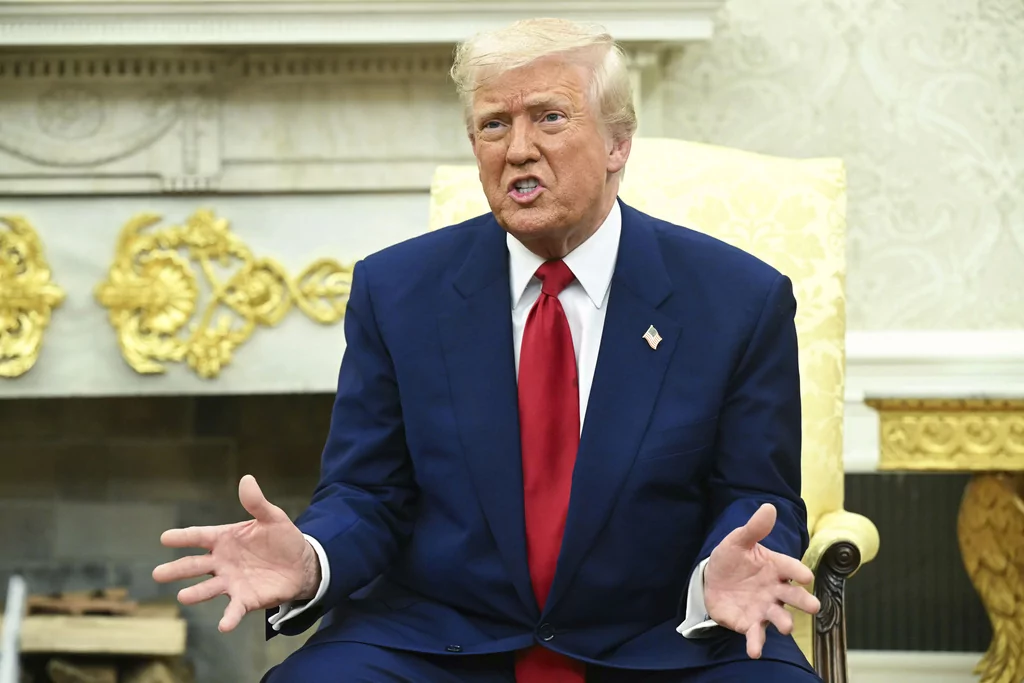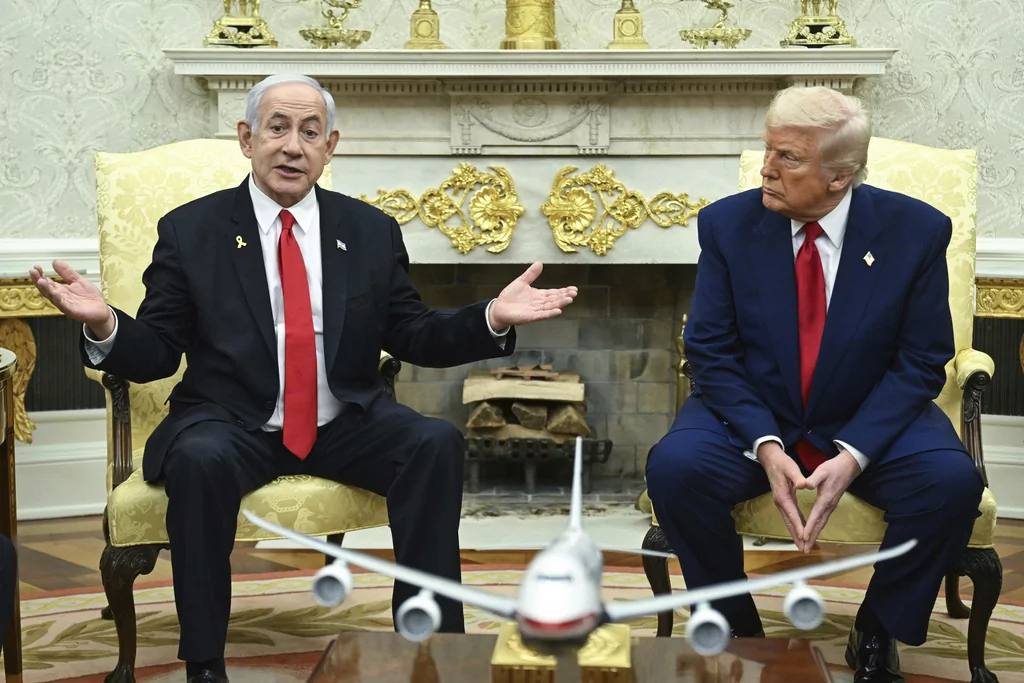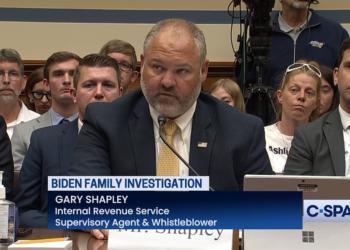President Donald Trump is expanding his vision for the future of the Gaza Strip, which he hoped to declare a “freedom zone” with peacekeeping forces.
Trump made the comments during a press conference with Israeli Prime Minister Benjamin Netanyahu on Monday after bilateral discussions on the future of Gaza, tariff policy, and confronting the threat of a nuclear Iran.
“I think it’s an incredible piece of important real estate, and I think it’s something that we would be involved in,” Trump told reporters. “But having a peace force like the U.S. there, controlling and owning the Gaza Strip would be a good thing.”

“Because right now all it is is … for years and years, all I hear about is killing and Hamas and problems,” he continued. “And if you take the people, the Palestinians, and move them around to different countries — and you’ve got plenty of countries that will do that — and you have a ‘freedom zone.’ You call it the ‘freedom zone.’ A free zone where people aren’t gonna be killed every day.”
The comments further elucidate Trump’s plan to transfer the Palestinian population out of the Gaza Strip so the United States can take control of the region and rebuild the desolate territory into the “Riviera of the Middle East.”
The president called the Gaza Strip a “great location that nobody wants to live in” due to Hamas’s control over regional governance, security, and economics. He further expressed confusion about why Israel carved out the region for autonomous governance.
“They took oceanfront property and they gave it to people for peace. How did that work out? Not good,” Trump said.
The area known as the Gaza Strip was controlled by the Kingdom of Egypt after being carved out at the conclusion of the Arab-Israeli War in 1948.
Following the Six-Day War in 1967, Israel took the strip under military occupation.
At one point during his answer, Trump deferred to Netanyahu for input. The Israeli prime minister said the goal of the “freedom zone” proposal is to “give people a choice” on whether to leave.
“What is wrong with giving people a choice?” he asked. “It’s going to take years to rebuild Gaza and in the meantime people can have an option. The president has a vision, countries are responding to that vision.”
The White House’s plan for a U.S.-occupied Gaza remains impossible to outline due to a lack of consistency on its basic parameters. Trump has at various times endorsed the idea of the “right to return” for Palestinians displaced following U.S. control of the area, permanent resettlement in nearby countries without a return post-reconstruction, and sometimes an arrangement somewhere in between.
Israel is currently in control of more than half the Gaza Strip after a series of aggressive military operations that expanded its “buffer zones” and began carving out an additional corridor across the area.
Israel and the U.S. are demanding the dozens of hostages still held by Hamas be immediately released before negotiations for a permanent resolution can be considered.

Trump said during the Monday press conference that the U.S. and Israel are “looking at another ceasefire” but “we’ll see what happens.”
French President Emmanuel Macron, Egyptian President Abdel Fattah El-Sisi, and King Abdullah II of Jordan all spoke with Trump about the possibility of a new ceasefire in Gaza hours before his conversation with Netanyahu.
The three leaders have attempted to position their countries as mediators in negotiations to resolve the conflict.
ISRAEL CONTROLS OVER HALF OF GAZA AS NETANYAHU VISITS TRUMP TO TALK NEXT STEPS
Trump said he is in disbelief at the lack of empathy shown by Hamas toward its hostages, saying testimonies from those rescued has convinced him that “the hatred is unbelievable.”
“I had people right in this office, this beautiful Oval Office, 10 people — hostages,” Trump told the press. “And I said to them, ‘How was it?’ And the stories they told me”
Trump said he asked the 10 hostages whether their captors showed “any sign of love” or “any sign of help or liking you” during their captivity.
“Did they wink at you? Did they give you piece of bread extra, did they give you a meal on the side?” he recalled asking the victims. “Did they ever wink at you like ‘You’ll be OK?’”
“I just [asked] was there any sign of potential love or affection and there were none whatsoever. It was amazing to me,” Trump said. “[The hostages] lived like hell. They were amazing to me because they seemed to be pretty normal, they weren’t scarred. But I guarantee underneath they have to be scarred.”














